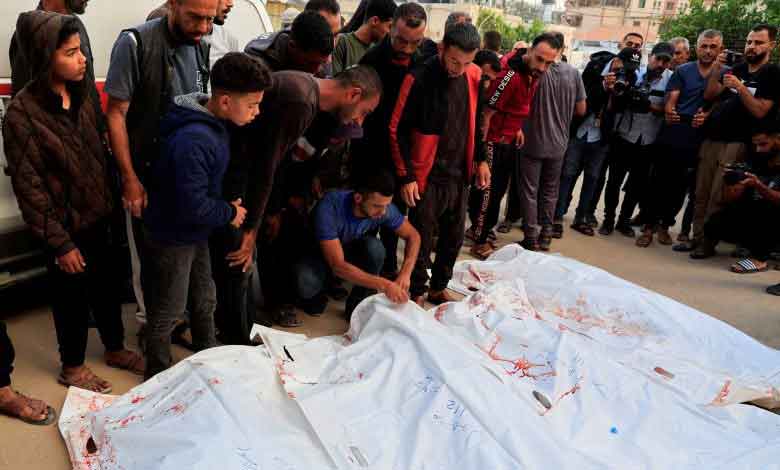
The terror attack in Pahalgam in April 2025 that claimed the lives of 26 tourists was a national tragedy that continues to reverberate across India. Beyond the immediate horror, the incident exposed another, equally dangerous threat, an unrelenting surge of fake news and misinformation spreading on social media weeks after the attack. Doctored videos, fabricated stories, and communal conspiracy theories quickly flooded digital platforms, fueling panic, mistrust, and deepening social fault lines.
India, home to over 600 million internet users, is in the midst of a digital revolution. This has brought unprecedented opportunities for communication and information sharing, but it has also created fertile ground for digital deception. The 2023 Reuters Institute Digital News Report ranks India among the countries most vulnerable to misinformation, a consequence of high smartphone penetration combined with low digital literacy and a highly polarized social media environment.
The Supreme Court of India has issued stern warnings about the corrosive impact of fake news. In Kaushal Kishor vs State of UP (2023), the court observed that “fake news has the potential to disturb the fabric of our democracy.” The Pahalgam attack underscored this grim reality: misinformation during crises can derail security operations, incite communal violence, and create widespread panic. Some false narratives circulated during the attack sought to blame specific communities, exacerbating tensions in an already fragile situation.
Despite these dangers, India’s regulatory response remains a work in progress. The Information Technology (Intermediary Guidelines and Digital Media Ethics Code) Rules, 2021, aim to curb harmful online content but have sparked debate. Critics argue that the rules risk infringing on free speech and lack clarity in implementation. Meanwhile, social media platforms continue to struggle with moderating vast amounts of content without becoming arbiters of truth or censorship.
Technological solutions, such as AI-powered fact-checking tools, are emerging as vital weapons in this battle. However, a 2024 MIT study revealed that false news spreads six times faster than truthful information on social media. This is largely because misinformation appeals to emotions like fear, identity, and outrage, making it more viral than sober facts. Technology alone cannot solve the problem.
Education is an equally critical front. Media literacy teaching citizens to critically evaluate the news they consume must become a national priority. Schools, colleges, and civil society organizations need to actively promote digital hygiene, skepticism towards sensational content, and tools for verifying information. Without empowering citizens, misinformation will continue to thrive unchecked.
The responsibility lies not just with the government or platforms but also with individual users. Citizens must cultivate habits of verifying news, avoiding sharing unverified content, and reporting fake news. Public awareness campaigns, similar to those addressing health or environmental issues, can help foster a culture of responsible information consumption.
India’s democracy is built on the cornerstone of free speech, but unchecked misinformation threatens to corrode that foundation. The Pahalgam attack was a harsh reminder that fake news is not a trivial nuisance; it is a serious threat to national security and social harmony. To combat it effectively, India needs a multi-pronged approach involving clear and transparent laws, proactive platform accountability, technological innovation, and widespread public education.
Ultimately, the war against terror must also be a war against lies. Only by confronting the twin challenges of violence and misinformation can India safeguard its democracy and social fabric..
Subscribe to Our Newsletter
Get the latest CounterCurrents updates delivered straight to your inbox.
Arshika Suresh is a passionate writer and researcher with a keen interest in social justice, media literacy, and contemporary cultural issues in India. Passionate about exploring the intersections of politics, society, and digital communication















































